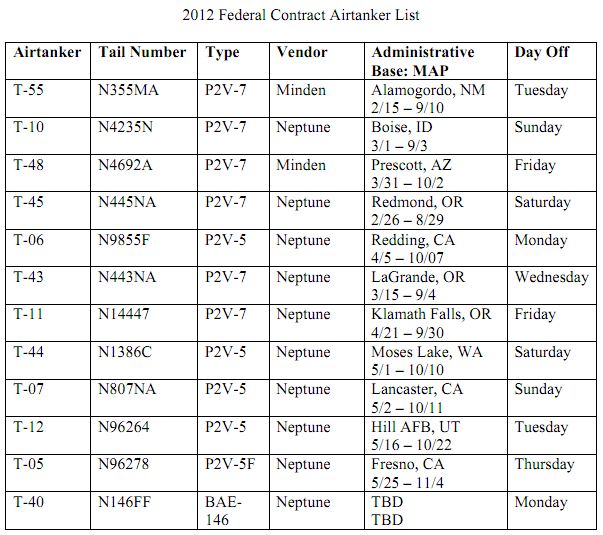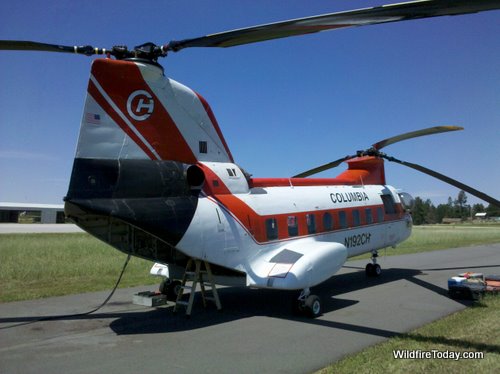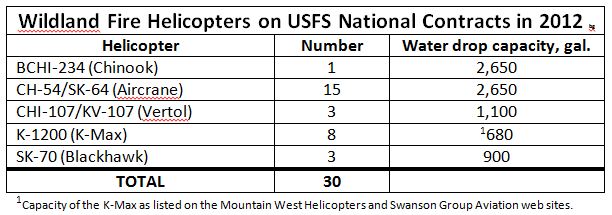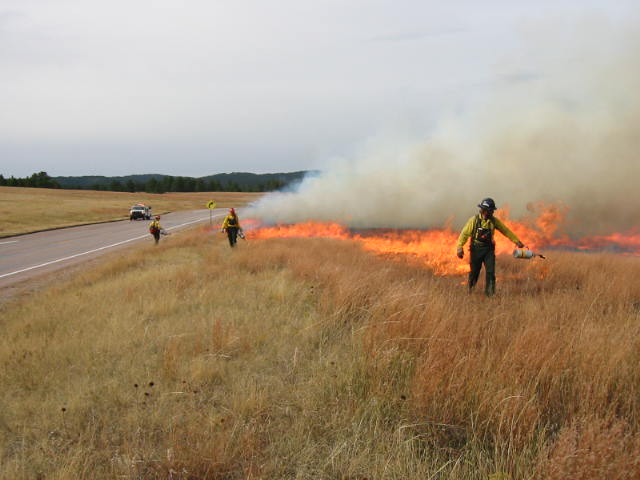
The 2011 wildfire season was relatively slow in the United States with the exception of Texas and two very large fires in Arizona and New Mexico. During most of the season there were only 11 large air tankers on exclusive use contracts and this year we are starting with 12. Ten years ago there were 44.
The request for proposal that the U.S. Forest Service issued on November 30 could result in as many as seven additional air tankers on contract over the next two years — up to three this year and four in 2013. However, these additional “next generation” air tankers that can hold 3,000 to 5,000 gallons of retardant and cruise at 300 knots do not exist. Potential vendors will have to be given contracts and then they will begin converting recycled airliners into air tankers, a lengthy and very expensive endeavor. After that, the aircraft will be required to undergo extensive testing which could lead to approval by the Interagency Air Tanker Board (IATB).

One next-gen air tanker has partially completed this process. Late last year Tronos and Neptune received interim approval for a converted BAe-146 airliner which is being leased and operated by Neptune. At the end of 2012 the IATB will consider it for full approval, based on its performance on fires and how it functions at air tanker bases. Minden Air Corp. is also converting a BAe-146 and hopes to have it flying over fires this year.
The Chief of the Forest Service, Tom Tidwell, told a congressional committee on March 6 that this year the USFS will contract for two scooper air tankers (presumably CL-215s or CL-415′s) for the first time. We have a call in to the agency to find out if they will be on exclusive use or call when needed contracts. If they are exclusive use, this would bring the total up to 14 (counting the interim approval of the Neptune/Tronos BAe-146), still less than one-third of the size of the air tanker fleet 10 years ago.
In a letter dated March 7 that Ken Pimlott, the Director of the California Department of Forestry and Fire Protection (CAL FIRE) wrote to Mr. Tidwell, he expressed concern about the decline of the USFS air tanker fleet, which has put pressure on CAL FIRE to bail out the USFS when there are fires on federal lands within the state. Mr. Pimlott also said that the Large Airtanker Modernization Strategy developed in January is not sufficient “to meet the needs of the combined federal, state and local wildland firefighting missions” and that it does not consider the potential of very large air tankers (VLAT), such as the DC-10s and the 747.
The USFS has no interest in awarding exclusive use contracts for the VLATs, and has only offered call when needed contracts with no assurance that a company will receive any income. Evergreen said their business model for their 747 air tanker can’t be sustained with occasional use and did not sign a CWN contract. 10 Tanker Air Carrier is struggling to maintain one of their two DC-10s and a crew on a CWN contract.
An article by Ben Goad in the Press-Enterprise also addresses these issues. Here is an excerpt:
…Sen. Dianne Feinstein, who has been critical of the Forest Service’s handling of the situation, said she agreed with Pimlott that the Forest Service’s plan falls short.
“Millions of Californians work and live in high-fire threat areas, and a failure to address this issue jeopardizes lives and property,” said Feinstein, D-Calif. “Chief Tidwell admits the Forest Service lacks aviation assets to meet the wildfire response need, yet he has not requested sufficient funds to make the acquisitions, nor has he provided Congress with a timetable.”
Harbour maintained that the Forest Service is actively pursuing new contracts with tanker vendors and said he hoped to bring as many as eight into operation over the next two years, with two or three going into service this year. He acknowledged that the shortage could strain resources in the coming fire season.
“I worry about it, but that’s why 900 engines and 11 air tankers and 120 helicopters and eight (Defense Department) aircraft make me sleep a little bit better at night,” he said. “I worry about it, but we plan and prepare to deal with it.”










